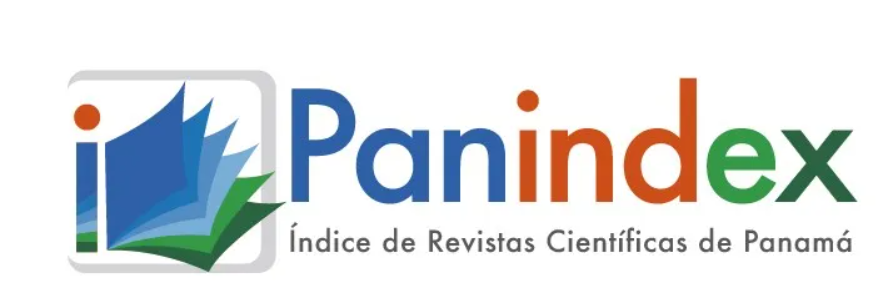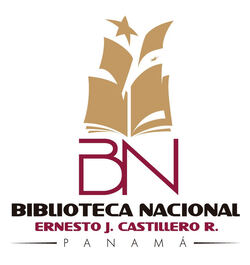The content of the publications and the links suggested in them are the sole responsibility of the authors and not of the Metropolitan University of Education, Science and Technology (UMECIT) or of the journal ORATORES. They are protected by international copyright laws as well as the logos of UMECIT AND ORATORES, hence their reproduction is totally prohibited.
This work is licensed under a Creative Commons Attribution-NonCommercial-NoDerivatives 4.0 International License.
The authors maintain the copyright and transfer the right of the first publication to the journal, with the article registered with Creative Commons Attribution-NonCommercial-NoDerivatives License, which allow others They can download the works published in this magazine and share them with other people, as long as their authorship is recognized, but they cannot be changed in any way nor can they be used commercially.
Authors are recommended to include their work in social networks such as Researchgate and institutional repositories once the article or visible fact has been published on the journal page, without forgetting to include the digital document identifier and the name of the journal.



Abstract
This essay provides information on how knowledge is stored in the brain and how important it is to take this into account when transmitting knowledge, or when dealing with our processes or teaching work. It gives an idea of how the transmission of knowledge is directly determined by the brain that represents and evolves each time we acquire new knowledge.
Keywords
References
Amstrong, T (1999), Las inteligencias múltiples en el aula. Buenos Aires Editorial: Manantial S.R.L. Buenos Aires, Argentina.
Avedaño P., Alejandra; Cardona S., Erika; Restrepo O., Vanessa (2015). LA NEUROPEDAGOGÍA COMO RECURSO PARA LAS ESTRATEGIAS DE COMUNICACIÓN EN NIÑOS. Recuperado en https://repository.upb.edu.co/bitstream/handle/20.500.11912/2531/TRABAJO%20DE20GRADO%20LA%20NEUROPEDAGOGÍA%20COMO%20RECURSO%20PARA%20LAS%20ESTRATEGIAS%20DE%20COMUNICACIÓN%20EN%20NIÑOS.pdf?sequence=1
Bechara, A., Damasio. H, Anderson, S. W. (1994).Insensitivity to future consequences following damage to human prefrontal cortex Cognition .50, 7-15.
Belén, F. (N,A de N,A de 2014). Plasticidad cerebral. Recuperado el 27 de agosto de 2014 en http://fundacionbelen.org/base-datos/plasticidad-cerebro.
Berman M.G., Jonides J., Kaplan S. (2008):“The cognitive benefits of interacting with nature” . Psychological Science 19, 1207 – 1212.
Blackwell, L. S. et al. (2007). “Implicit theories of intelligence predict achievem ent acrossan adolescent transition: a longitudinal study and an intervent ion. Child Development 78 (1), 246‐263.
Downloads
Publication Facts
Reviewer profiles N/A
Author statements
- Academic society
- Universidad Metropolitana de Educación, Ciencia y Tecnología
- Publisher
- Universidad Metropolitana de Educación, Ciencia y Tecnología



















